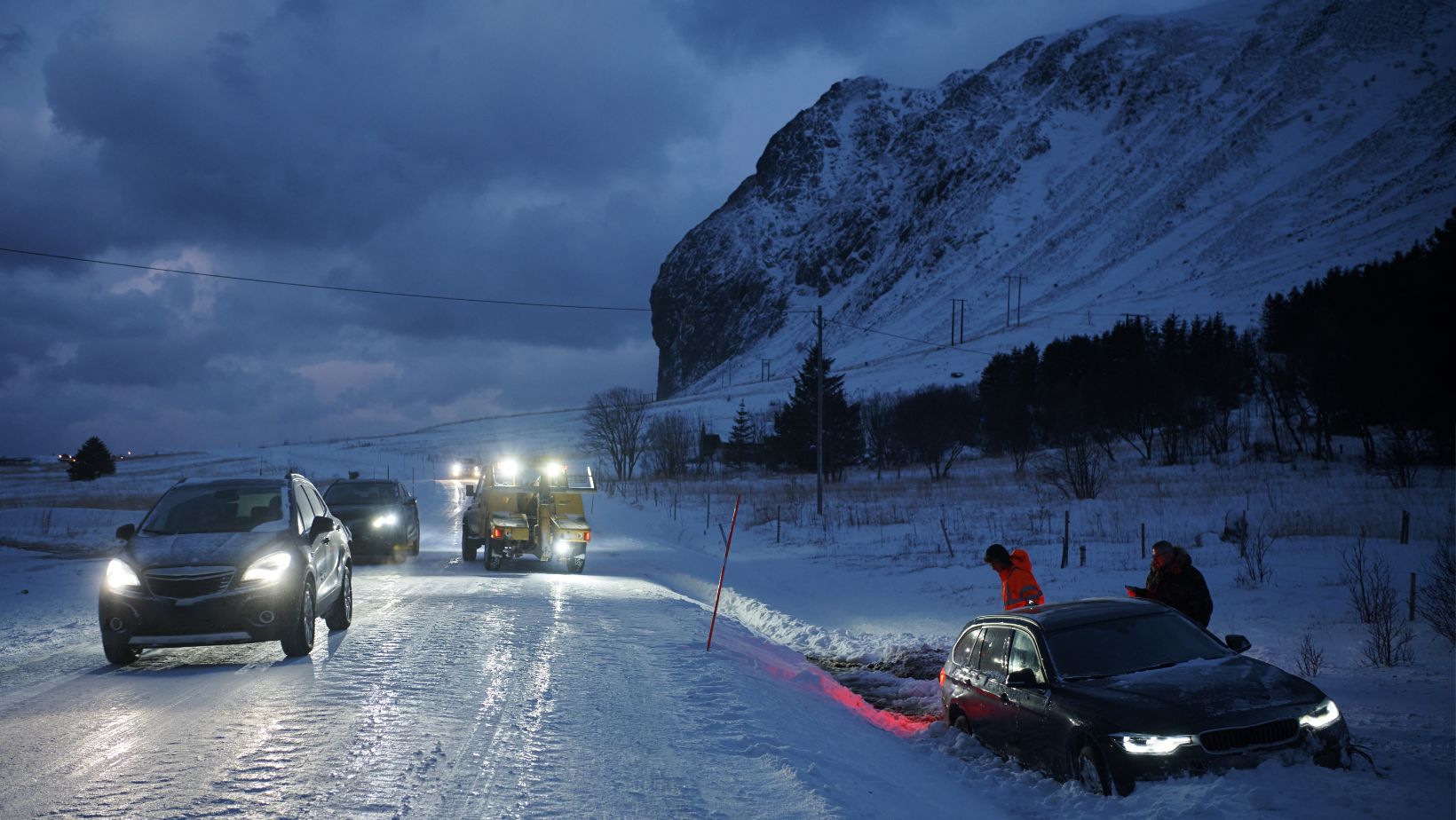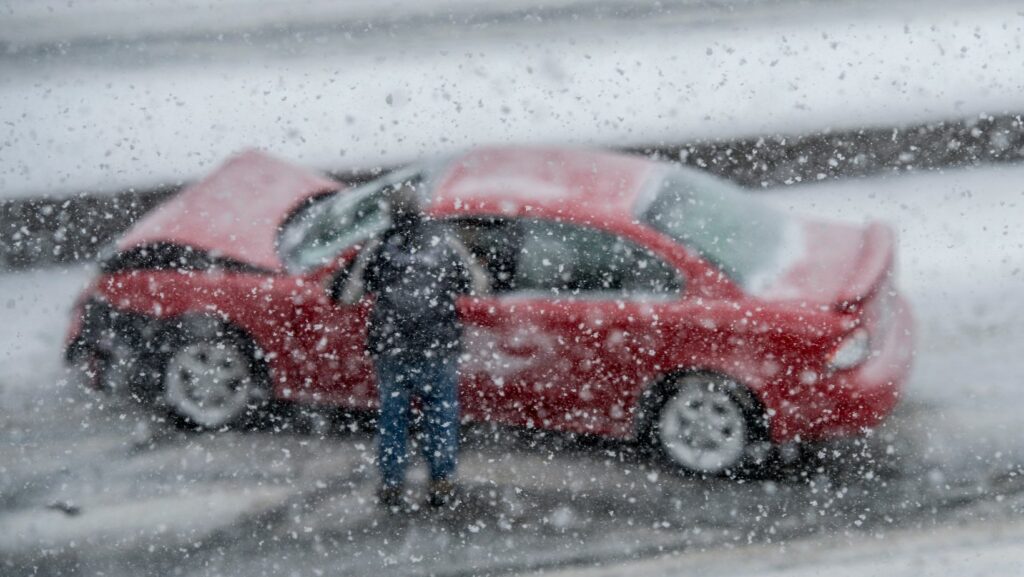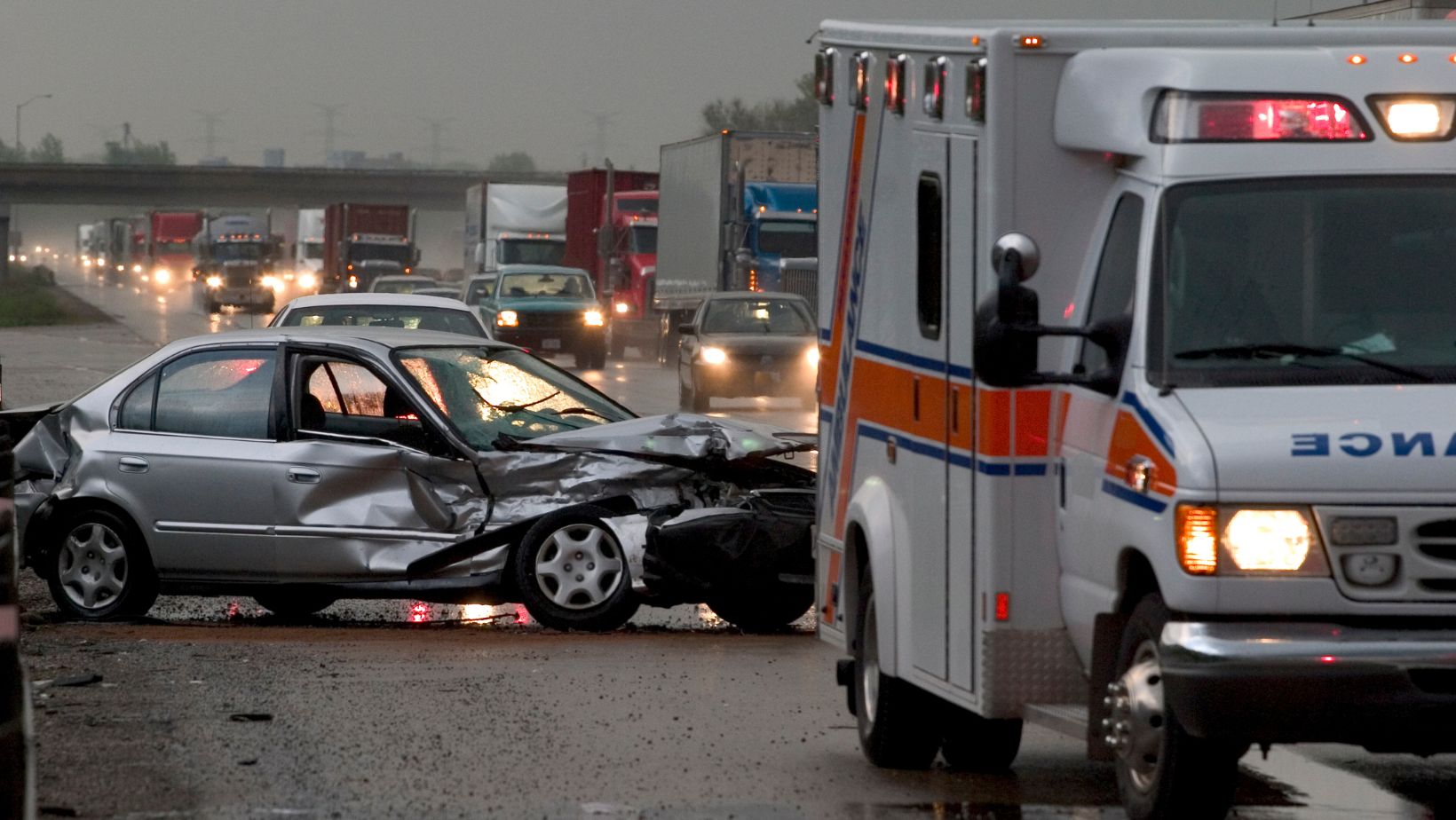Weather-related car accidents present unique challenges in the world of legal advocacy. From slippery roads to reduced visibility, adverse weather conditions significantly impact driving safety and liability determination.
To navigate these complexities effectively, both drivers and legal professionals must grasp the intricacies involved. In this article, we aim to highlight the legal nuances of weather-related car accidents, empowering advocates with essential knowledge for informed representation.
The Role of Negligence in Weather-Related Accidents
In legal terms, negligence refers to the failure to exercise reasonable care under the circumstances, resulting in harm to others. In weather-related car accidents, negligence remains a central concept but is evaluated considering the prevailing weather conditions.
LawInfo.com notes that, for instance, if a driver fails to adjust their speed in heavy rain or snow, they may be deemed negligent. This is because they haven’t maintained a safe following distance, failing to adapt to the weather-related hazards.
Courts typically assess whether a reasonable person would have taken similar precautions given the weather conditions at the time of the accident. Thus, understanding how weather affects the standard of care is essential for determining liability in such cases.
Jurisdictional Variances in Weather-Related Liability
Legal nuances in weather-related liability can vary significantly depending on the jurisdiction. In certain areas, states may require drivers to adhere to laws regarding adverse weather, like reducing speed or using snow tires. For example, in Missouri, where severe weather is common, state laws impose duties on drivers during adverse conditions. These include using headlights and reducing speed on slick roads.
In urban areas in Missouri, such as St. Louis, weather-related car accidents pose unique challenges. As a major city, St. Louis faces unique traffic, infrastructure, and local laws affecting liability in adverse weather conditions. For instance, congested roads and highways heighten accident risks during inclement weather, leading to complex legal proceedings.
In a January 2024 report from FOX 2, freezing rain caused widespread disruptions across the region, prompting concerns for commuters and residents. Persisting through the morning and early afternoon, freezing rain deteriorated road conditions, especially in southeast Missouri and Illinois.
Accumulating one to two-tenths of an inch, it primarily impacted roads, lingering into the evening commute. Such events frequently cause car crashes at busy intersections.
In scenarios like these, retaining a knowledgeable St. Louis personal injury attorney is crucial. These legal professionals comprehend local dynamics and specialize in handling weather-related car accident cases. Skilled in St. Louis court procedures and insurance negotiations, they provide crucial support to secure fair compensation for clients impacted by weather-related accidents.
TorHoerman Law notes that local lawyers adeptly represent clients’ interests, leveraging their understanding of the local legal landscape. They seek justice for injuries and losses resulting from such incidents.
Investigating Weather Conditions
Effective investigation of weather-related car accidents involves gathering a range of crucial evidence to support legal claims. This evidence may include official weather reports from meteorological agencies detailing the conditions at the time of the accident. Evidence may also include photographs or videos documenting visibility, road conditions, and any weather-related hazards present.
Eyewitness testimonies from individuals who observed the accident firsthand can also provide valuable insights into how weather conditions contributed to the incident.
Expert analysis from meteorologists or accident reconstruction specialists can offer professional opinions on how the weather affected the accident sequence.
By meticulously collecting and analyzing such evidence, legal professionals can construct a compelling narrative that aligns with their client’s version of events.
Comparative Negligence
In jurisdictions that adhere to comparative negligence principles, liability for weather-related car accidents may be apportioned based on each party’s degree of fault. Investopedia notes that even if one driver’s actions contributed to the accident, they may still recover damages. This depends on the other party’s greater negligence.
Legal professionals must carefully assess the facts of the case to determine each party’s level of fault and anticipate potential arguments regarding comparative negligence. Understanding this doctrine in their jurisdiction enables advocates to strategize effectively, minimizing clients’ liability exposure or maximizing recovery in weather-related accidents.
Driver Responses and Contributing Circumstances
In weather-related car accidents, understanding mitigating factors is essential for a comprehensive legal analysis. Though adverse weather may cause accidents, evaluating drivers’ responses and other circumstances that influenced the outcome is equally crucial.
Drivers’ reactions to changing weather conditions can vary significantly. Some may adjust their driving behaviors appropriately, such as reducing speed or increasing following distance, to account for decreased traction or limited visibility. Some drivers may increase accident risks by neglecting precautions like using headlights in fog or clearing snow and ice from vehicles.
Additionally, other contributing factors beyond weather conditions may play a role in car accidents. Road maintenance, signage, and traffic control devices are all relevant considerations.

Poorly maintained roads, inadequate signage regarding hazardous conditions, or malfunctioning traffic signals can exacerbate the dangers posed by adverse weather. This potentially shifts liability away from the drivers involved.
FAQs
What weather condition causes the most accidents?
Among weather conditions, rain is often associated with the highest number of accidents due to reduced visibility, slippery roads, and hydroplaning risks. Additionally, freezing rain and snow contribute to hazardous driving conditions, leading to increased accident rates during winter months.
Can you claim for stress after an accident?
Yes, it’s possible to claim compensation for stress after an accident, especially if it leads to psychological trauma or exacerbates pre-existing conditions. Stress-related damages may be included in personal injury claims, particularly if they significantly impact the individual’s quality of life and well-being.
What is the difference between comparative and contributory negligence?
Comparative negligence allows recovery even if the plaintiff is partially at fault, with damages reduced by their degree of fault. Contributory negligence bars recovery if the plaintiff is even slightly responsible for the accident, making it a more restrictive legal doctrine than comparative negligence.
In conclusion, navigating the legal landscape of weather-related car accidents requires a nuanced understanding of negligence, jurisdictional variances, and investigative methods. With liabilities often intertwined with weather dynamics and driver responses, legal professionals must adeptly interpret evidence and anticipate comparative negligence arguments. Local expertise in urban areas like St. Louis is critical.
It underscores the need for attorneys well-versed in regional laws and conditions. Leveraging such insights and employing meticulous investigative approaches, advocates can effectively represent clients impacted by weather-related accidents. Their goal is to secure just compensation amidst the complexities of adverse driving conditions.



More Stories
5 Easy Steps to Save for an Investment Property Down Payment
5 Signs You Need a New Roof
Hire the Finest Landscaping Expert With These Tips